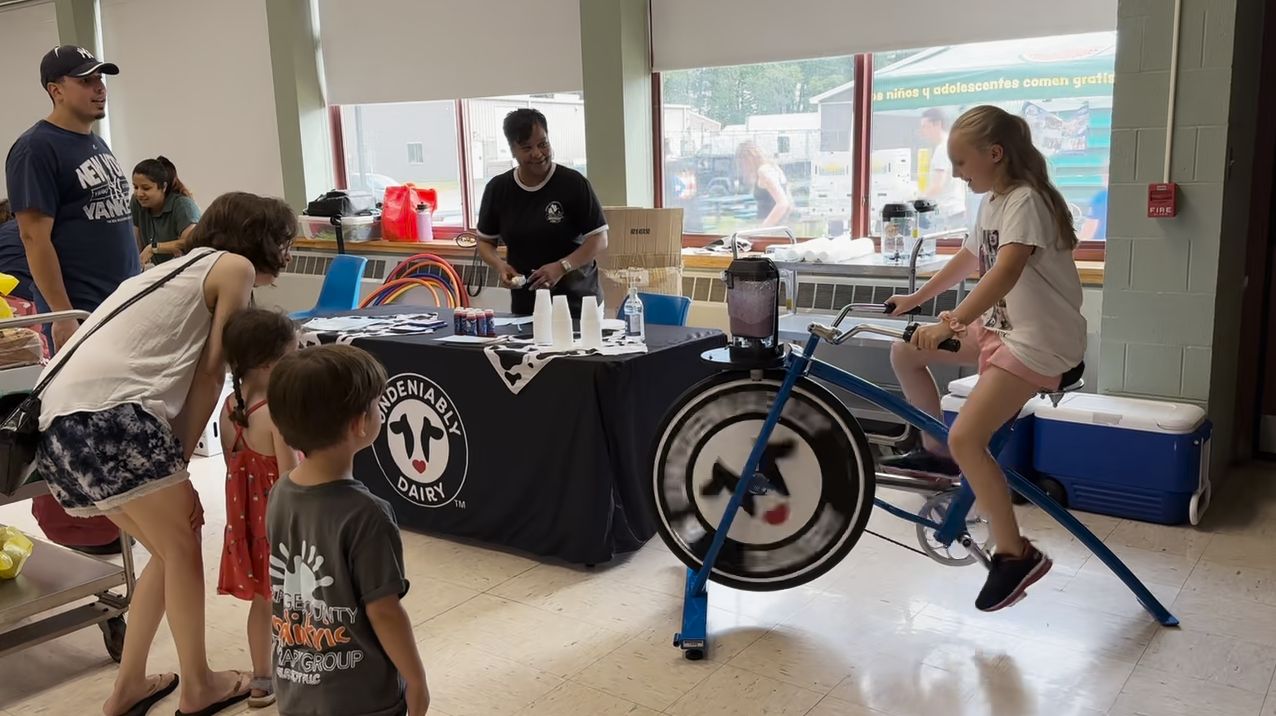Britta Degenshein has spent the last five years recovering from a stroke on the left side of her brain.
"It left me with right side weakness, which is putting it mildly, but marginal function on my right side. So I went from bedbound, to wheelchair bound, and eventually took my first steps and I've been working ever since then, working on my gait," said BTS GAIT LAB participant Britta Degenshein.
Physical therapy has been critical to her success, walking more effectively and safely. So a tool like the BTS GAIT LAB system at Marist College could improve her recovery process even more.
"What we see is what we get as a PT. That's it. And this device allows us to get so much information that's not even possible with the naked eye. And that's the great thing about it, is minute changes or asymmetries that I can't pick up when I'm watching someone, I can go back and analyze the data and be able to see those things," said Marist Doctor of Physical Therapy Clinical Assistant Professor Dr. Francine Sage-King.
The machine uses artificial intelligence. The patient walks over tiles, called force plates, while wearing devices that give information about joint and muscle movements. Cameras on the floor are used for movement analysis. Up top are 3D infrared cameras.
"The cameras that are around the ceiling, there's 10 cameras, and they will analyze every movement. So exactly what's happened at their ankle, and their hip, and their knee," said Marist Doctor of Physical Therapy Program Director Dr. Claudia Fenderson.
This system is more than a high-tech way for PT students and faculty to learn and research: it gives people like Degenshin a chance to be a part of the outside world.
"And be able to go place, and walk with confidence. And a tool like this is immeasurably valuable," said Degenshein.









